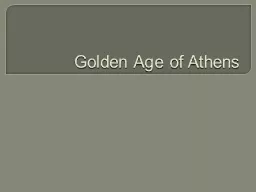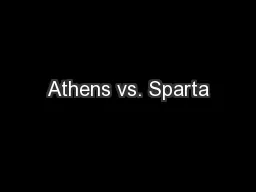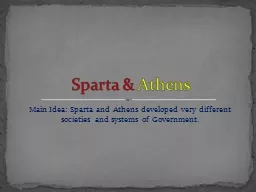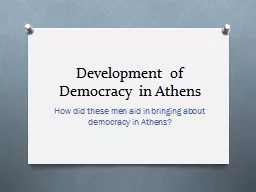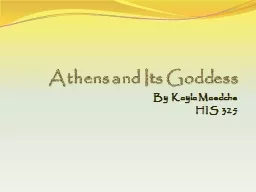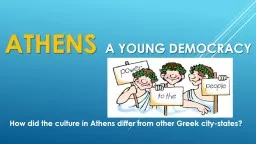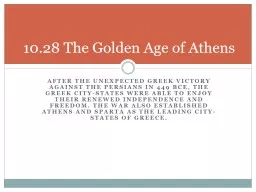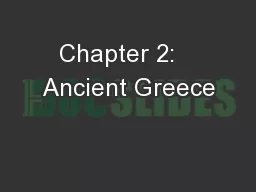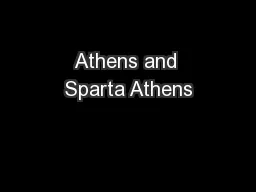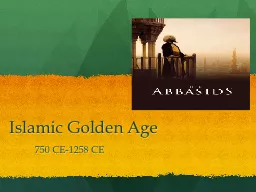PPT-Golden Age of Athens
Author : phoebe-click | Published Date : 2019-11-09
Golden Age of Athens 1 Architecture Three architectural orders Doric Ionic Corinthian Seeking harmony and balance Great influence in later architectural forms Renaissance
Presentation Embed Code
Download Presentation
Download Presentation The PPT/PDF document "Golden Age of Athens" is the property of its rightful owner. Permission is granted to download and print the materials on this website for personal, non-commercial use only, and to display it on your personal computer provided you do not modify the materials and that you retain all copyright notices contained in the materials. By downloading content from our website, you accept the terms of this agreement.
Golden Age of Athens: Transcript
Download Rules Of Document
"Golden Age of Athens"The content belongs to its owner. You may download and print it for personal use, without modification, and keep all copyright notices. By downloading, you agree to these terms.
Related Documents

